This article is based on Ryane Bohm’s insightful talk at the Chicago Product Marketing Summit. PMA members can enjoy the complete recording here.
What makes some brands instantly recognizable while others struggle to stand out? It all comes down to positioning and messaging – the foundation of every great story your company tells.
I’m Ryane Bohm, and if there’s one thing I love about product marketing, it’s the art of storytelling. At Clari, Gong, and Salesforce, I’ve seen firsthand how strong, strategic messaging can make users believe in and connect with a product.
In this article, we’ll break down:
- The difference between positioning and messaging – and why one always comes first.
- The five key ingredients of strong positioning, from differentiation to consistency.
- Real-world examples of what works.
If you want to build messaging that cuts through the noise and drives results, you’re in the right place. Let’s dive in.
Positioning vs. messaging – what’s the difference?
Let’s start with a quick quiz: What’s the difference between positioning and messaging? I’ve heard plenty of sales teams use them interchangeably – maybe you have too – but they’re not the same thing.
Positioning is about where your product fits within an existing market category. What’s your defined market area? What’s the internal reference point that everything else builds from?
Messaging is how you externalize that positioning – it’s the art of defining what you’re going to say and who you’re going to say it to. In short, it’s about how you tell your story.
Positioning and messaging are two sides of the same coin, but positioning always comes first.
Why you’ve got to get your positioning right
Your go-to-market (GTM) metrics – from top-of-funnel awareness to post-sales engagement – are all directly shaped by your positioning. It’s the foundation that everything else is built on.
There’s an ongoing debate in PMM about whether we’re even in the right department. Perhaps, rather than sitting under marketing, we sit under product or sales. After all, when you look at our metrics, they don’t align with marketing alone; they tie into go-to-market strategy and product adoption and usage.
That’s the reality of product marketing – we’re the hub with all the spokes, touching every part of the business. That means we have to nail our positioning and messaging. No half-measures or room for guesswork.
Great messaging stems from great positioning. Jumping straight into a pitch deck, a blog post, or social media content without a solid foundation? That’s a mistake. You need consistency. You need a clear brand voice. You need to know exactly who you’re talking to and why.
It’s easy to get excited about the fun stuff – writing blog posts, crafting snappy social media copy, putting together a flashy deck – but positioning comes first.
The good news? There are plenty of simple ways to get it right. PMA has a ton of templates, and plenty of other people have created their own. No matter what approach you take, positioning needs to be your starting point.
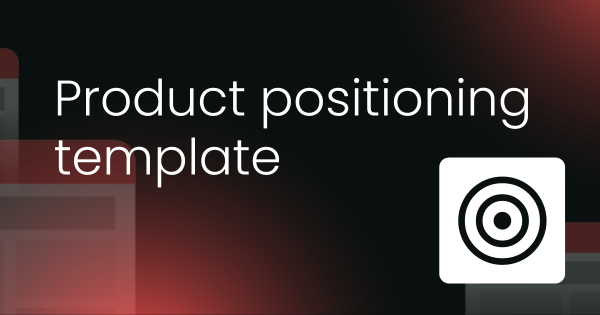
The five key ingredients for clear and compelling positioning
To help you nail this vital element of your strategy, I’ve put together a simple checklist – the five key ingredients for strong positioning and messaging:
- Know your target market: Seems obvious, right? But it’s worth repeating. Everything starts here.
- Be crystal clear: Clarity beats cleverness every time. You don’t want to rely on jargon or jump straight into being funny. I love humor, but clarity comes first.
- Tap into emotion: People buy with their hearts before they buy with their wallets. Speak to that.
- Differentiate or die: My CEO says this all the time, and he’s right. SaaS competition is exploding. Differentiation is tough, and using the same old jargon won’t help. Everyone’s AI-powered. Everyone’s doing more with less. Those phrases won’t set you apart.
- Stay consistent across all channels. Your brand voice should be unified, no matter where you’re speaking – no exceptions.
Now, let’s take a closer look at each of these ingredients.
1. Know your target market
Understanding your audience isn’t just about gathering data – it’s about actively listening. Your best insights will come from talking to real people:
- Happy customers want to see you succeed. Keep a list of friendly contacts who are willing to share feedback, help you refine messaging, and participate in win/loss analysis.
- Unhappy customers can be just as valuable. They may need a little incentive, but they’ll tell you why they chose a competitor over you or stuck with the status quo.
- Field reps are low-hanging fruit. They want to close deals, so they’re highly motivated to share what’s working (and what isn’t) in your messaging.
It’s also important to know your competition inside and out. This isn’t just about understanding them – it’s about knowing their strengths and weaknesses as well as your own. The better you understand their pitfalls, the easier it is to highlight your advantages.
Leveraging listening channels
To truly know your market, you need multiple sources of insight. Product marketing might not own every channel, but you have access to more than you think. Here are just a few key sources:
- Customer advisory boards: Most companies have these, and if yours does, you should be paying attention.
- Call recordings: Whether it’s through Copilot, Gong, or another tool, listening to sales and customer calls gives you real, unfiltered feedback.
- Win/loss programs: Understanding why deals are won or lost is invaluable for refining your positioning.
- Competitor tracking tools: Platforms like Crayon help you monitor market movements and competitive messaging.
- Slack communities, Reddit, G2, and Facebook groups: If your audience is talking somewhere, you should be listening.
One tool I use constantly is Tribyl. It aggregates competitive intelligence data and overlays it with CRM insights to show what’s actually converting. This kind of real-time feedback is gold.
2. Be crystal clear
Your messaging should focus on benefits and value, not just features. I like to call this “the Nike shoe model.” You don’t walk into a Nike store and say, “I want 12-inch laces.” You say, “I want to dunk like Mike” or “I want to run faster.” That’s reflected in their marketing – Nike does an awesome job of selling the outcome, not the specs.
The same applies to SaaS. Your engineers and PMs might obsess over features, but customers care about what those features do for them.
Keep your messaging simple, direct, and jargon-free – because every word matters. If your message is too complicated, people will tune out. Jargon doesn’t make you sound smarter; it makes you harder to understand. And in a world where attention spans are shrinking, clarity is your best competitive advantage.
3. Tap into emotion
People don’t just buy products – they buy stories, feelings, and solutions to their pain points. It’s not enough to list features and expect people to care. You need to connect with why they’re buying in the first place. What’s their pain point? What do they truly need?
This shift toward hyper-personalized marketing is everywhere. Think about your Amazon recommendations or your Spotify Daylist (Romantasy Badass Tuesday, anyone?). These platforms use data to deliver eerily relevant suggestions.
This is the kind of emotional connection that makes marketing powerful. The data is already out there – you just need to use it to create messaging that resonates.
4. Differentiate or die
“Differentiate or die” sounds a little aggressive, but I like to think of it as lovingly aggressive. Our CEO used to say this to our marketing team all the time, and with so many companies offering similar solutions, it’s never been truer.
If you want to stand out, you have to identify what you can do better or differently. Maybe you don’t have the best product on the market, but perhaps you solve a specific problem in a way no one else does. Lean into that.
Why is your unique approach better for your customers? You already know their pain points – now show them why your solution fits them best.
Your differentiation strategy won’t work if you’re relying on generic marketing language. Saying you’re AI-powered or that you help teams do more with less isn’t differentiation – it’s noise.
Winning the brand game
Differentiation is hard – especially in highly competitive markets. There are leaders out there offering very similar products, which means brand differentiation is often what makes the difference.
Gong is a perfect example of this. Do they have a radically different product from their competitors? Debatable. But their brand? Undeniable. Reps love it. Users love it. It has a voice, a personality, and a strong field presence. If a CEO tries to rip out Gong, you’ll hear about it – because the sales team will fight to keep it. That’s the power of a differentiated brand.
Salesforce did something similar. When they entered the CRM space, they didn’t just build a product – they made a bold statement: CRM is not software. That claim alone set them apart. Of course, that was 23 years ago, and the landscape has changed, but the lesson still holds. Big, bold differentiation works.
5. Consistency across channels
Your brand has a voice. That voice needs to be consistent across every touchpoint.
Take Gong as an example. Their voice is clear: “We are sales reps. We’re in the field with you. We’re your buddies.” But your brand’s voice might be different – maybe it’s more professional or more educational. Whatever it is, own it, and keep it consistent.
Your LinkedIn shouldn’t say something different from your press release. Your website copy should align with your ad messaging. This consistency is what makes your positioning strong – without it, your brand loses credibility.
When Clari was named a leader in Forrester Wave, we went all in. We made sure that no matter where someone heard about it – through PR, content, social media, email marketing, SDR outreach, digital ads, or employee activations – they got the same core message. Each platform had its own tweaks, but the message stayed consistent.
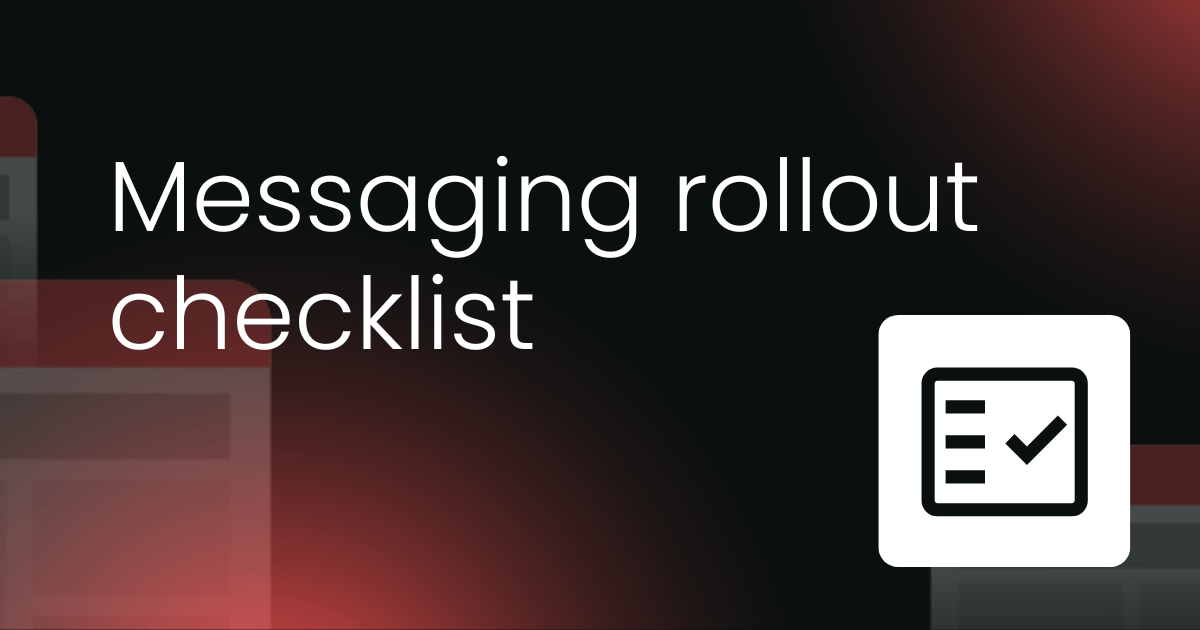
Positioning in action: The Salesforce Blockchain launch
When I was at Salesforce, I worked on a team called Emerging Technologies – or, as I like to call it, Marc Benioff’s fever dreams.
One day, Benioff wakes up and says, We’re doing blockchain! And suddenly, that’s our job.
But here’s the challenge: at that time, blockchain was scary to a lot of people. It was associated with the dark web, shady transactions, and a whole lot of unknowns. With all that baggage to consider, we needed to nail our positioning and messaging. We had to be clear, compelling, and jargon-free.
Here’s what we came up with:
Salesforce Introduces the First Low-Code Blockchain Platform for CRM
Salesforce Blockchain extends CRM – delivering a fast and easy way to build trusted partner networks that share verified, distributed data.
Powered by Salesforce Lightning and open-source blockchain technology from Hyperledger, organizations can now deploy and manage blockchain networks, workflows, contracts, and apps, with clicks, not code.
Trailblazers including Arizona State University, IQVIA, and S&P Global Ratings are using Salesforce Blockchain to increase trust, transparency, and the speed of business.
Let’s break this down.
Our headline was straightforward: Salesforce introduces the first low-code blockchain platform for CRM. Right away, it told people what it was and who it was for. We made the differentiation obvious: the first low-code blockchain platform. That set it apart.
Instead of focusing on technical details, we highlighted the customer benefit: Fast and easy, verified in clicks – not code.
We backed it up with proof points, citing real customers like ASU, IQVIA, and S&P Global Ratings – establishing trust.
Finally, we tapped into emotion. We didn’t just talk about what blockchain does. We talked about why it matters: trust, transparency, and the speed of business.
That’s how you make your messaging resonate. You speak with your audience, not at them.
Bringing it all together
Positioning isn’t a solo effort – it’s a collaborative process. It’s not about sitting alone and writing down what you think the product is. To get it right, you need buy-in from across the company:
- Product managers bring deep product insights.
- Engineers can help clarify technical differentiators.
- Sales teams know what resonates in the field – and what doesn’t.
Getting these teams involved early and often ensures alignment and makes it easier to create a repeatable approval process – so your messaging stays sharp, accurate, and easy to scale.
Your positioning work shouldn’t live in a vacuum. Make it open and accessible internally, so everyone – content teams, PR teams, sales, and beyond – can quickly grab approved messaging and stay on brand. This means having:
- Sound bites ready for PR, analyst relations, and sales decks.
- A repeatable framework to streamline approvals.
- A single source of truth for positioning questions.
And the best part? You don’t have to start from scratch. PMA has tons of tools and templates to help you structure your positioning effectively – use them!
Clear, compelling, and consistent positioning is the foundation of great messaging. Get it right, and everything else – your sales, marketing, and brand presence – becomes infinitely stronger.


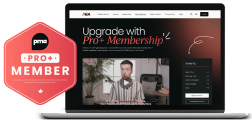


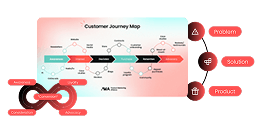
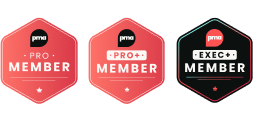

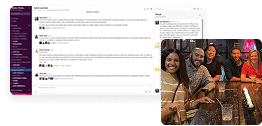
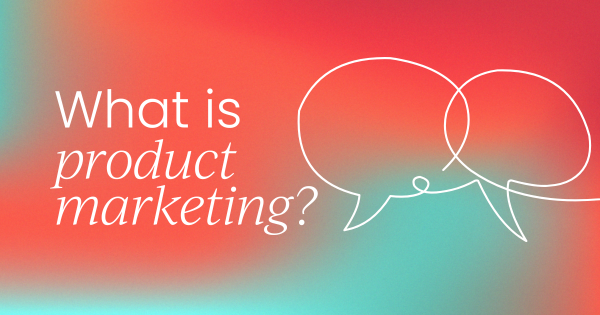
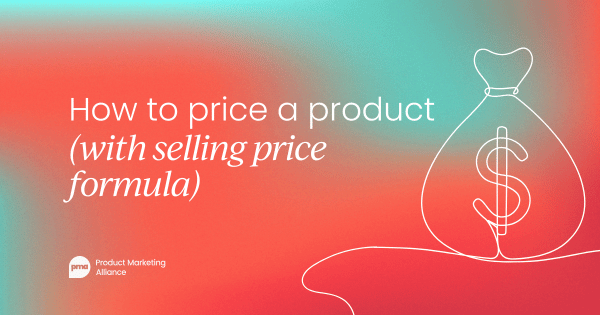
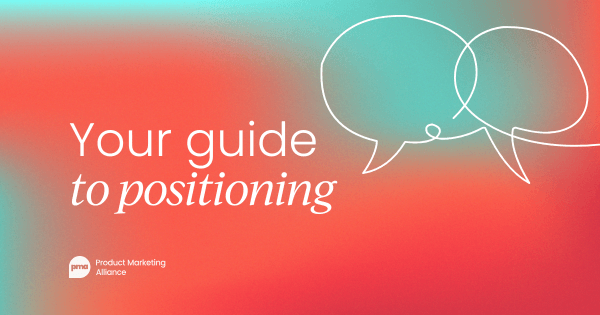
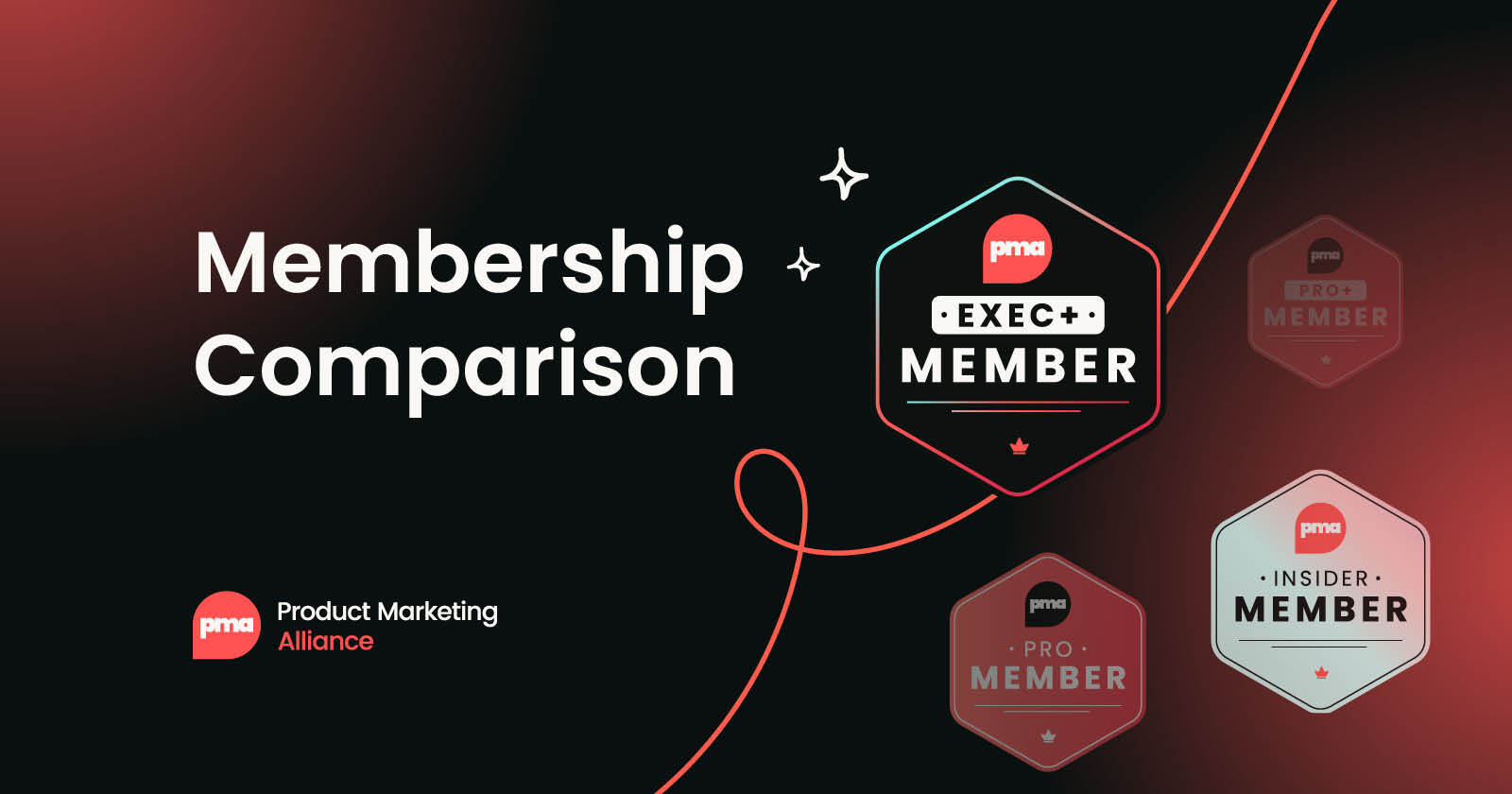
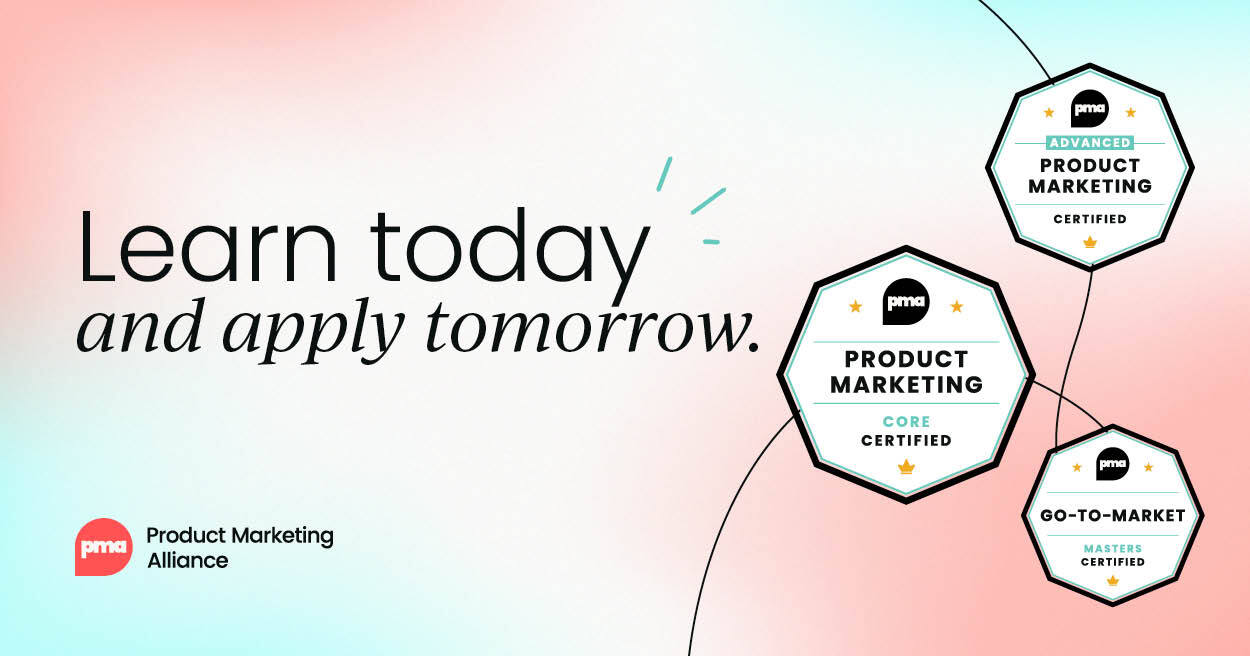
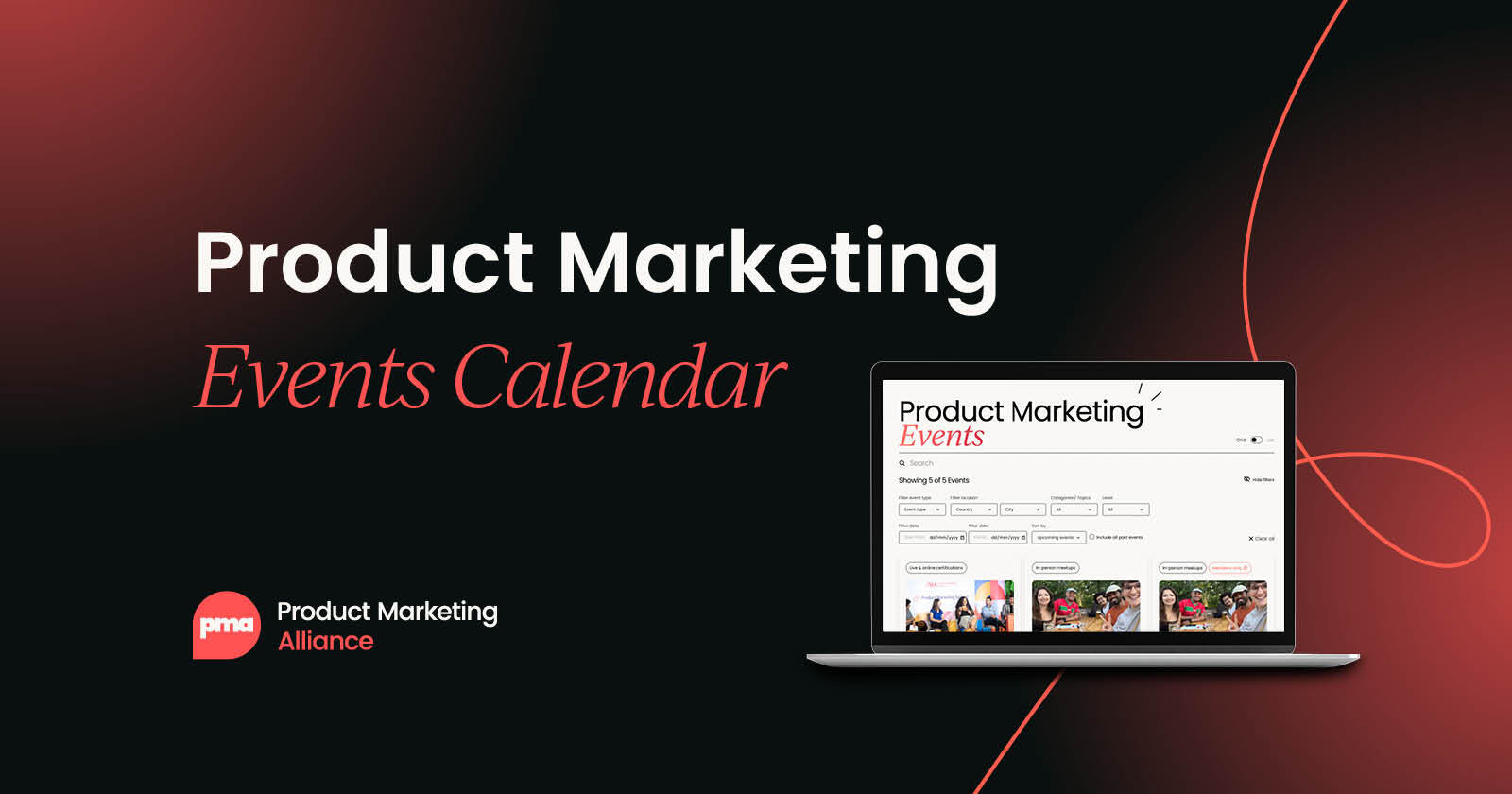
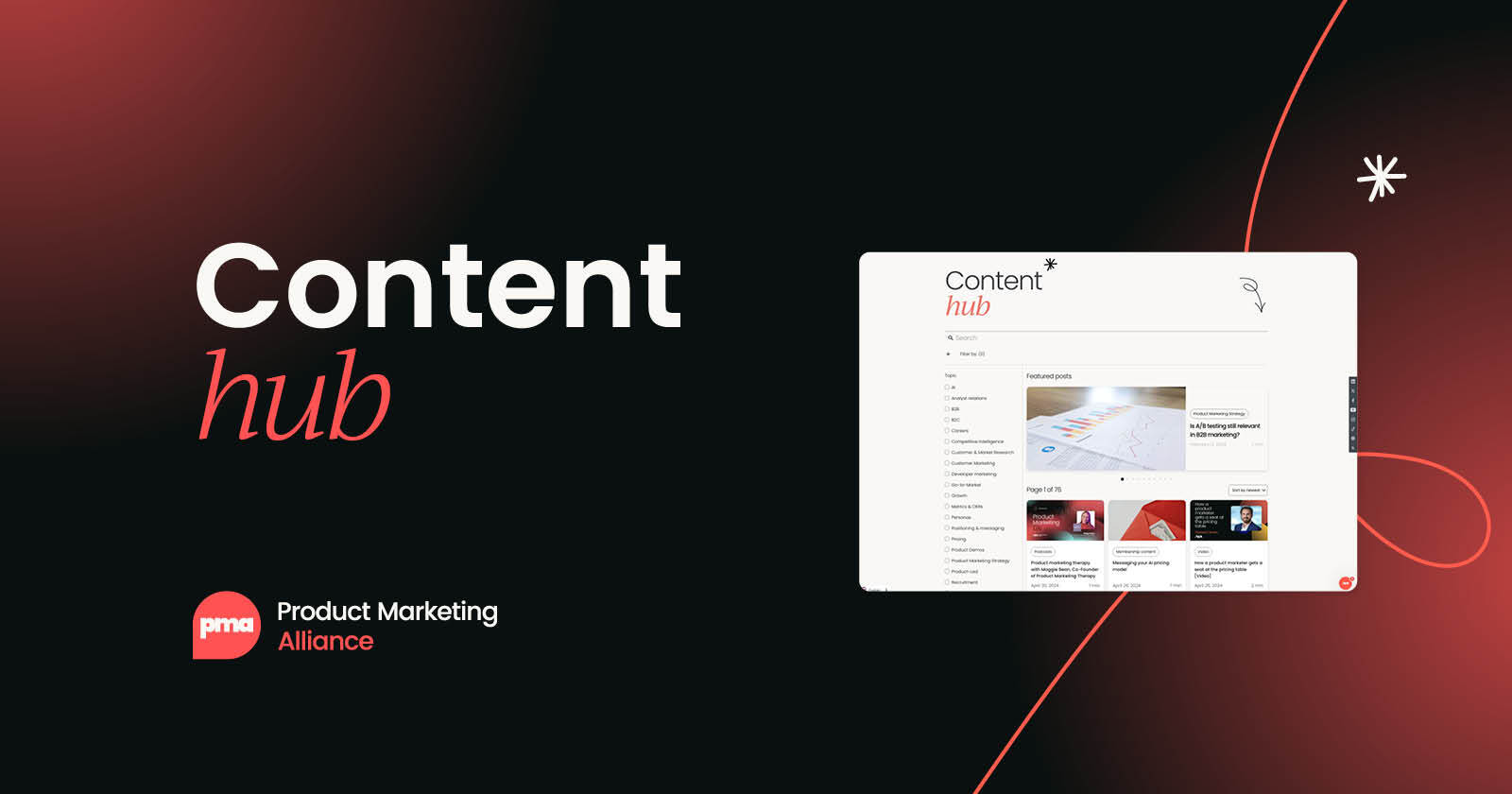

 Follow us on LinkedIn
Follow us on LinkedIn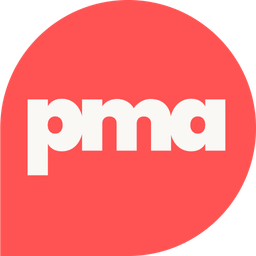



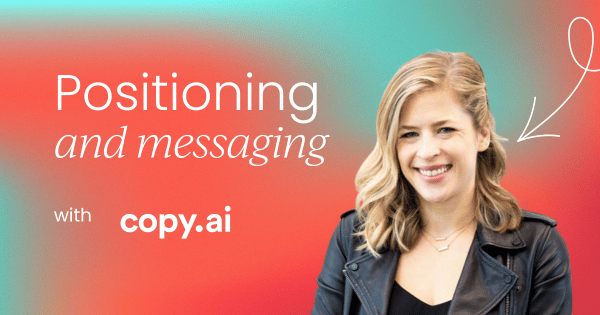

.svg?v=3c4c23cd72)